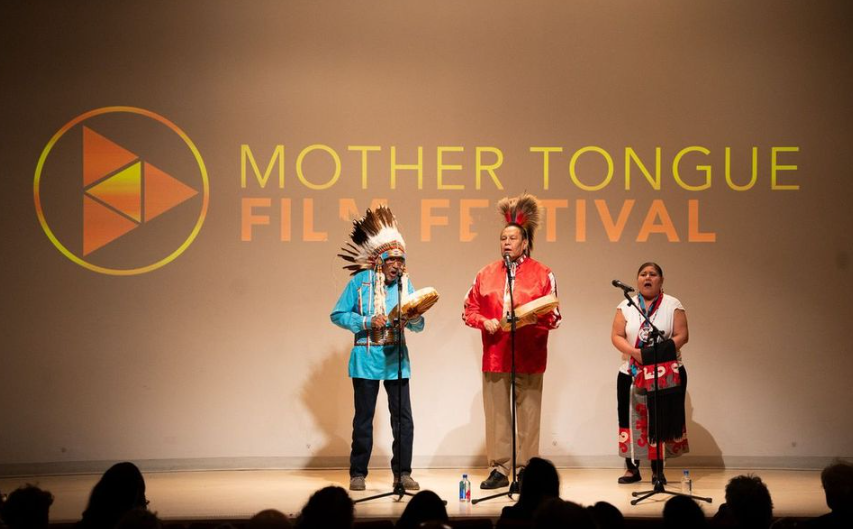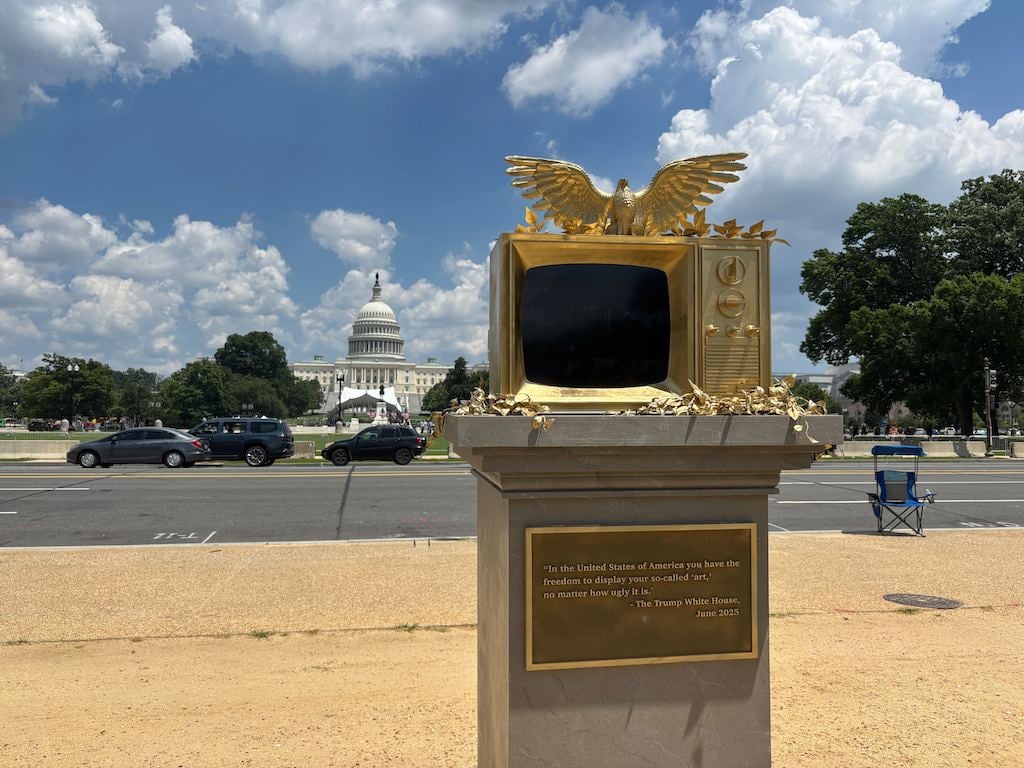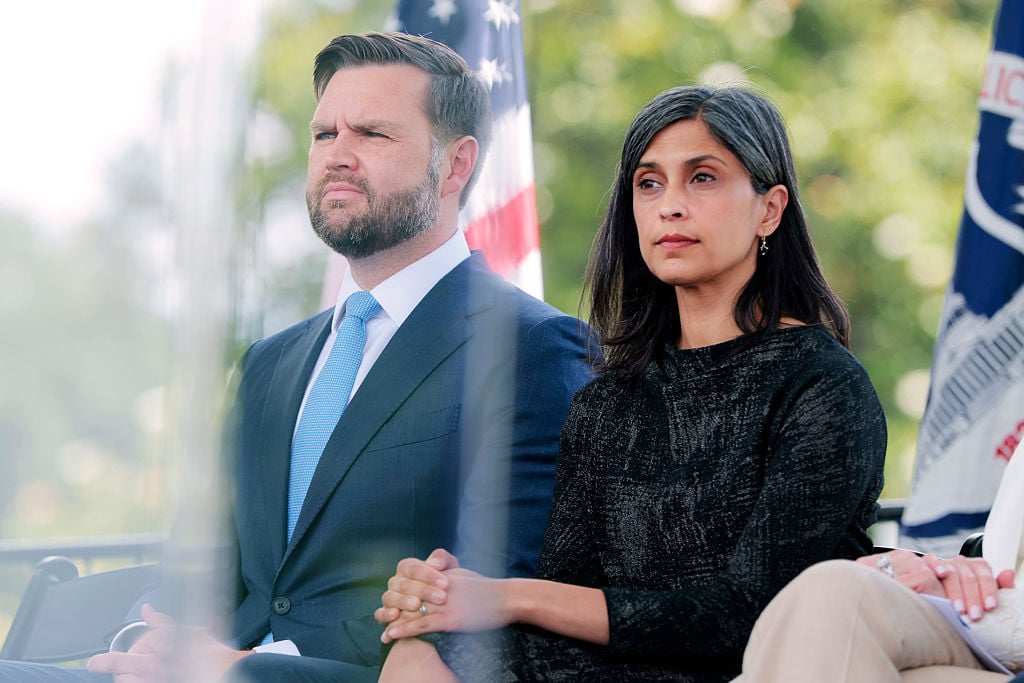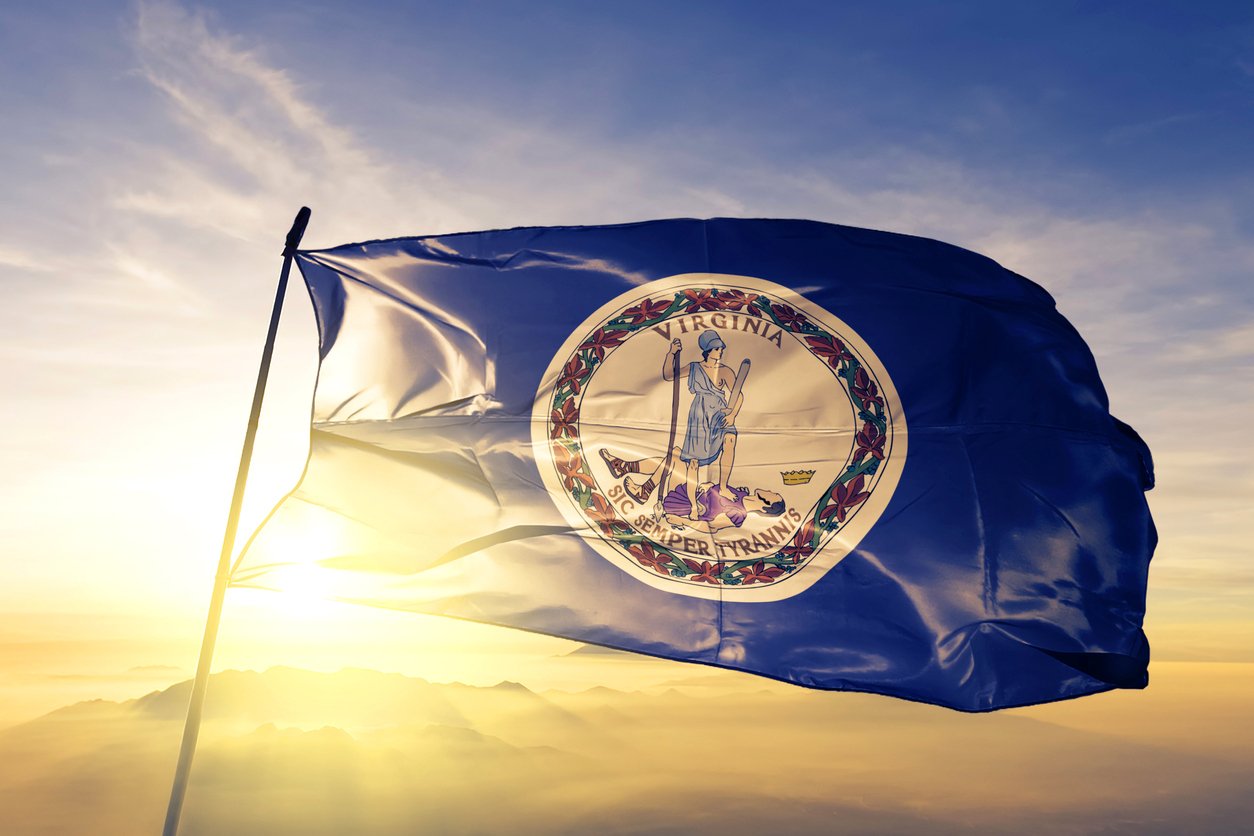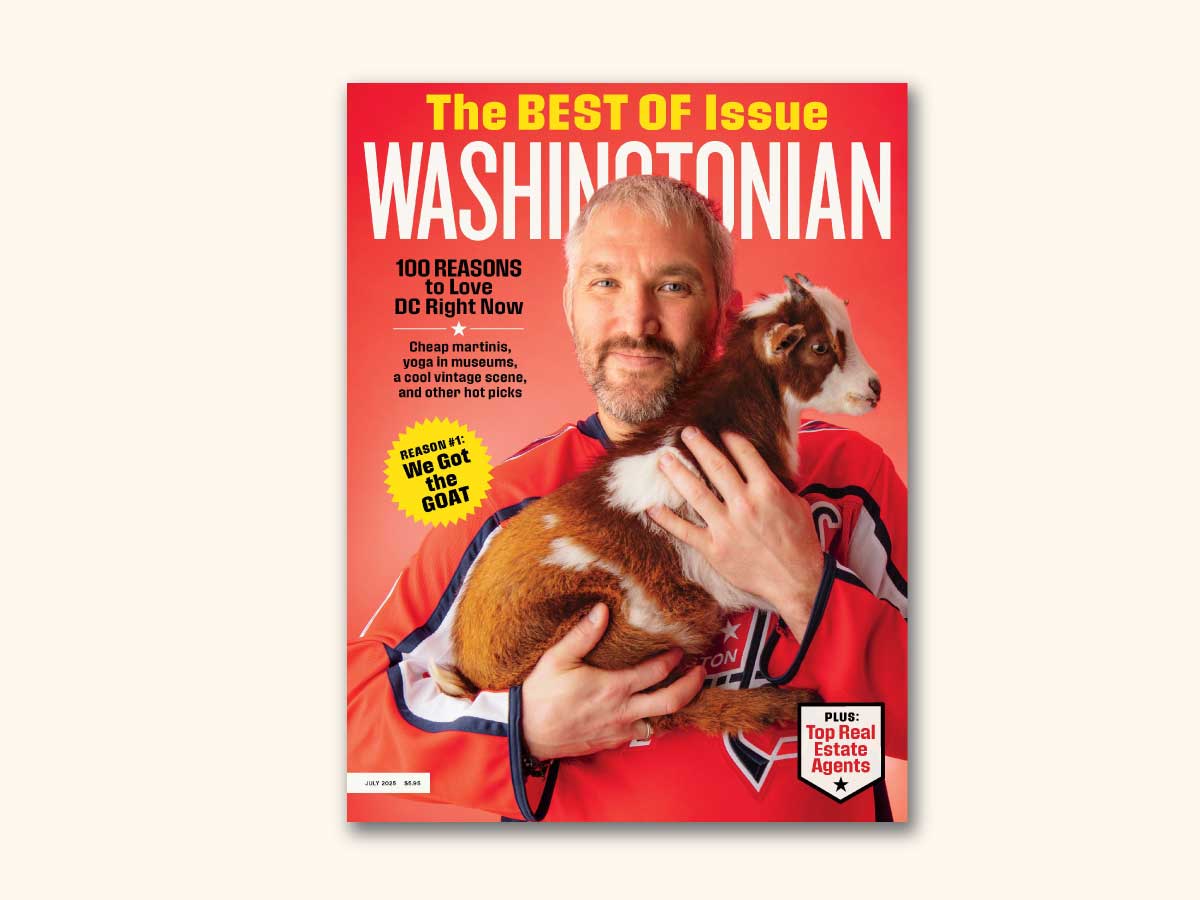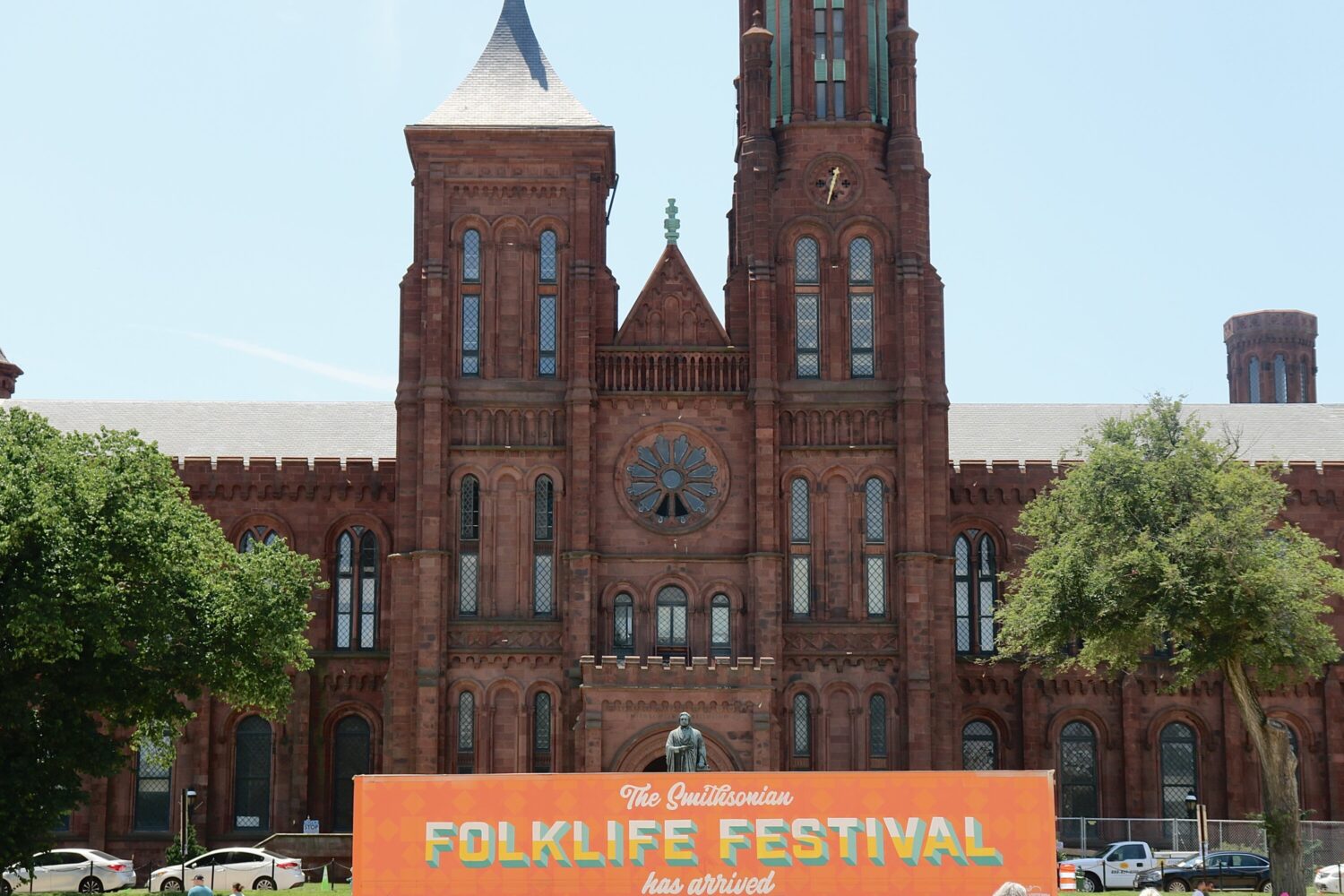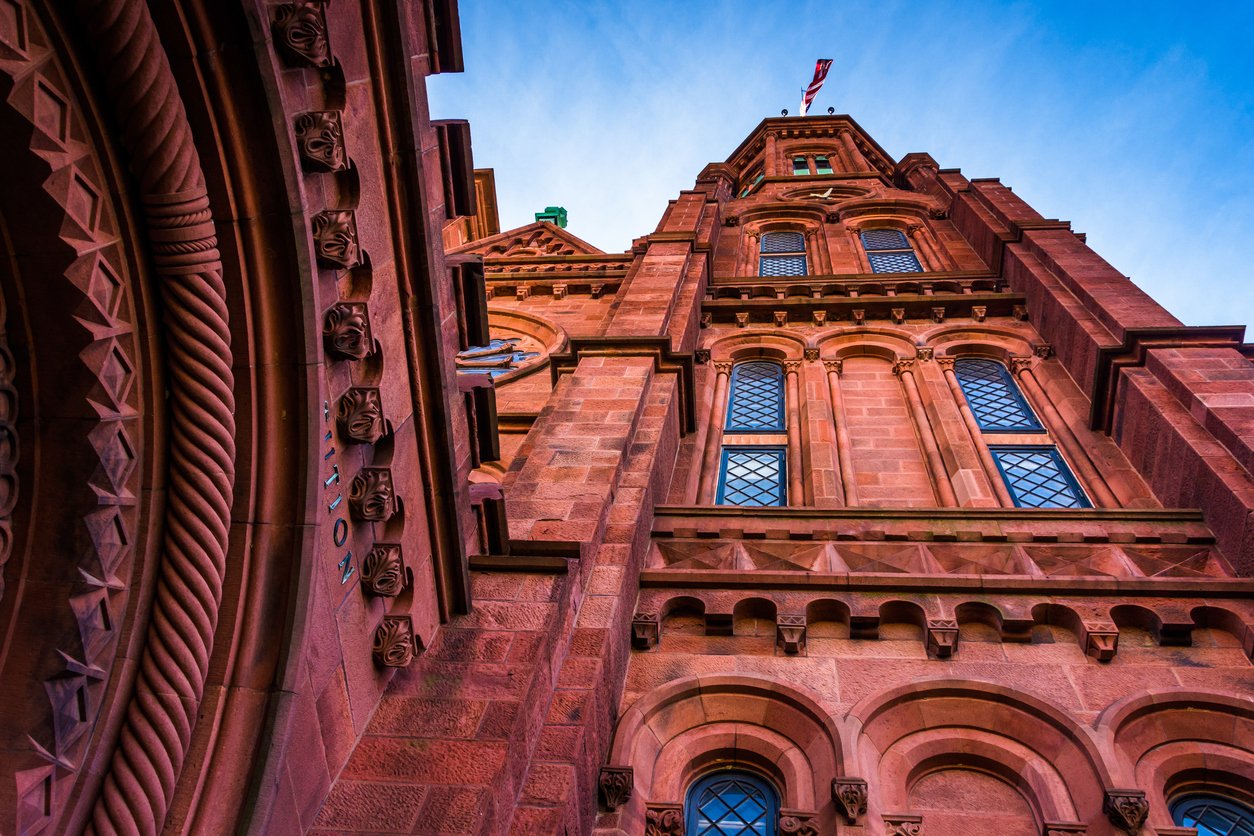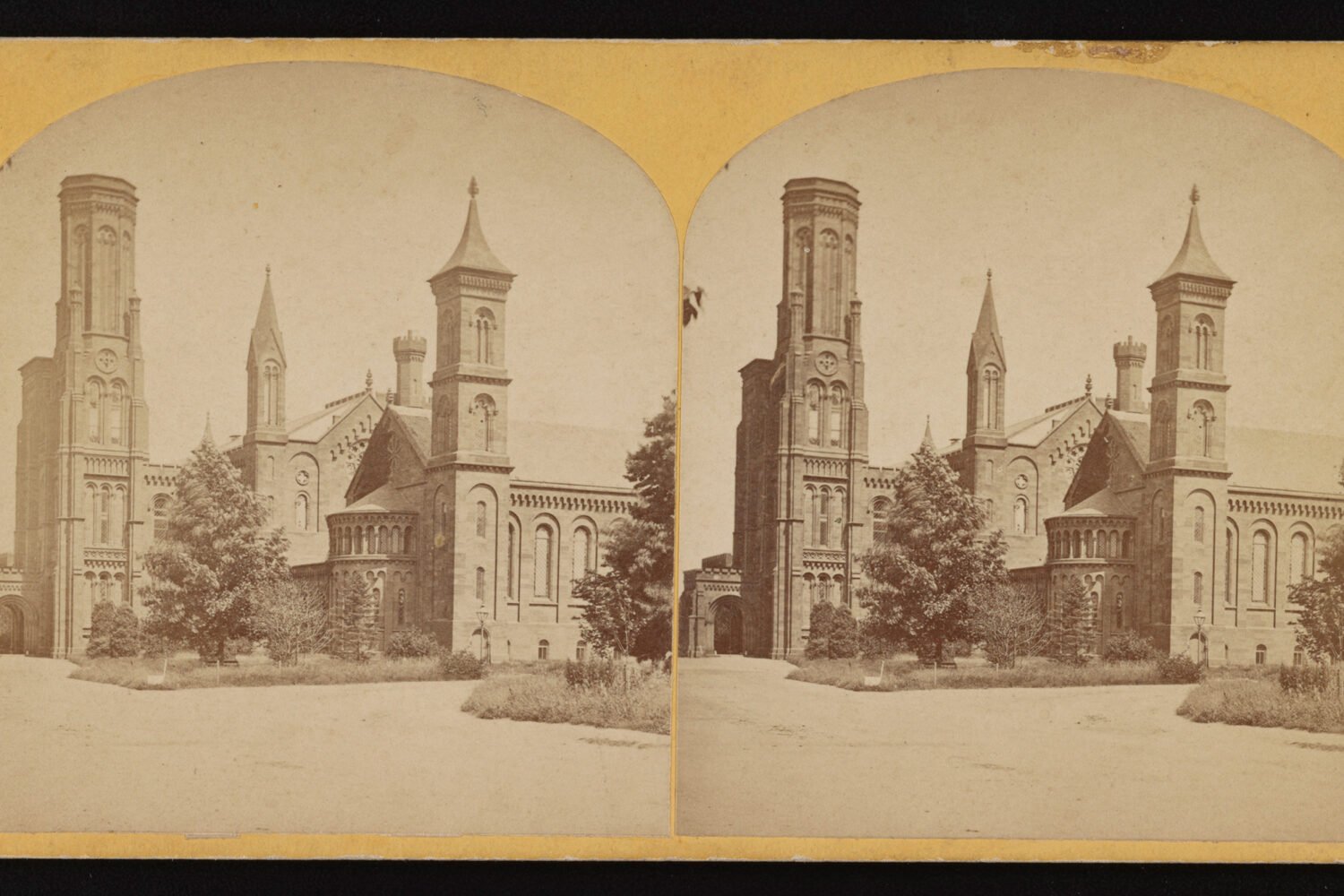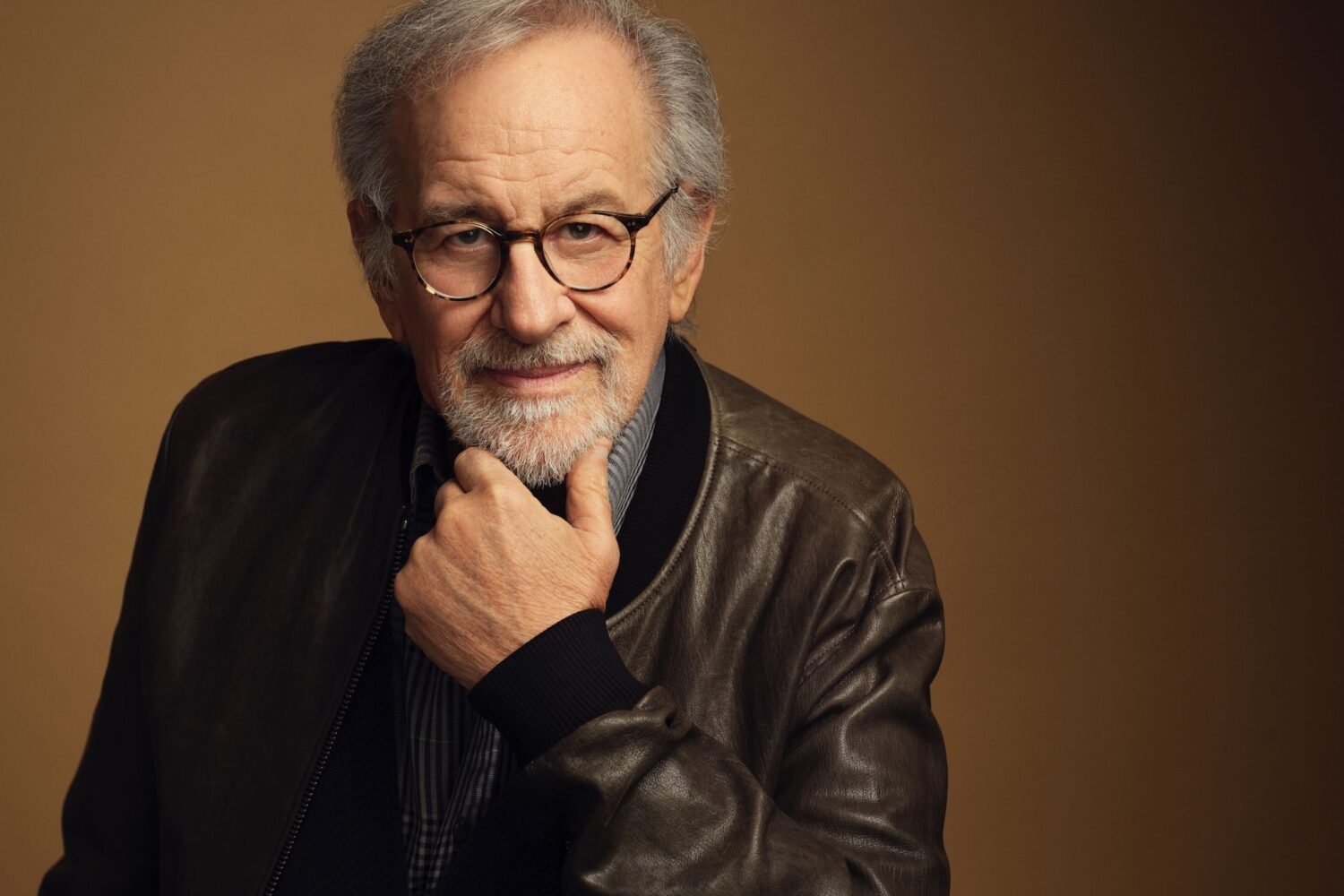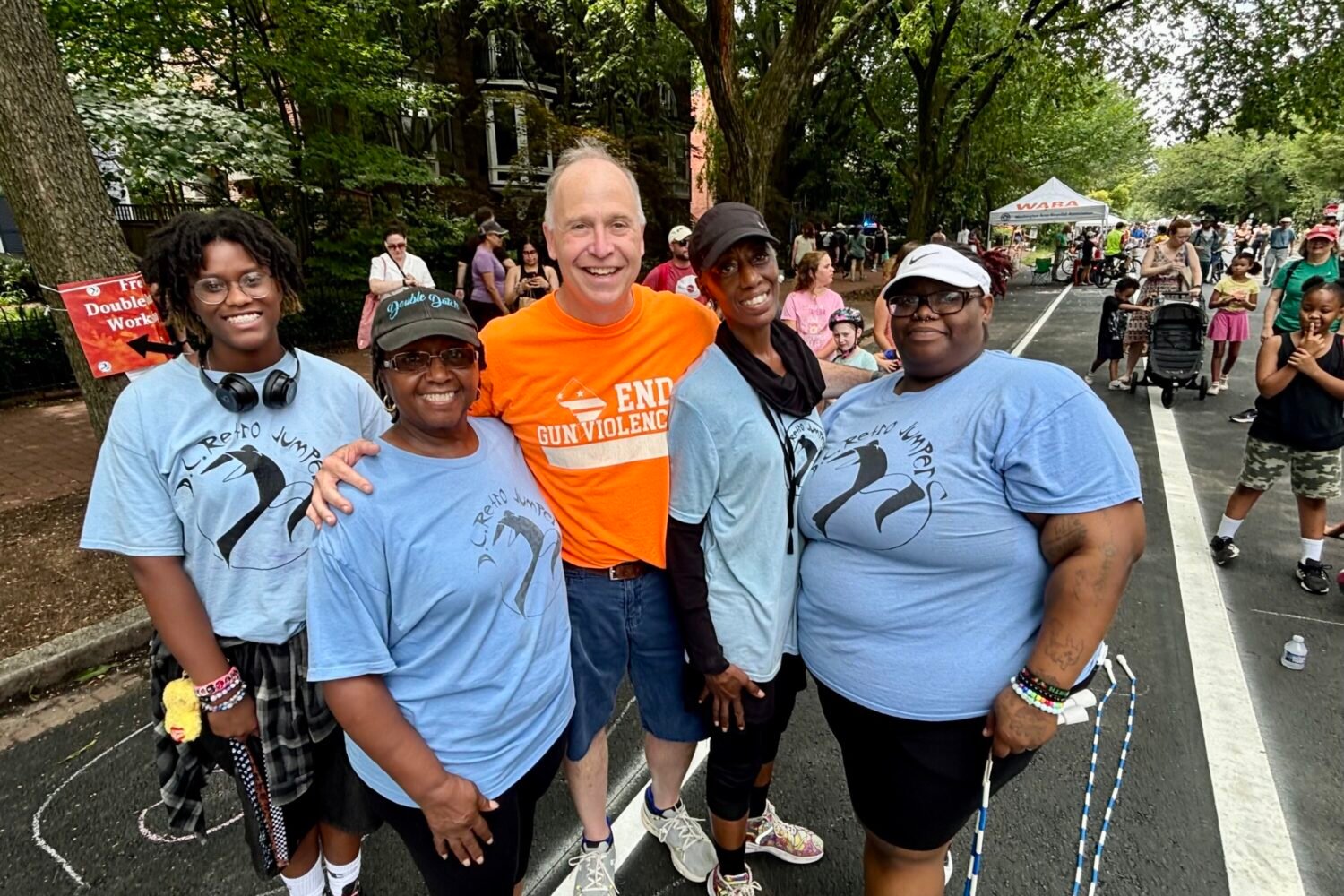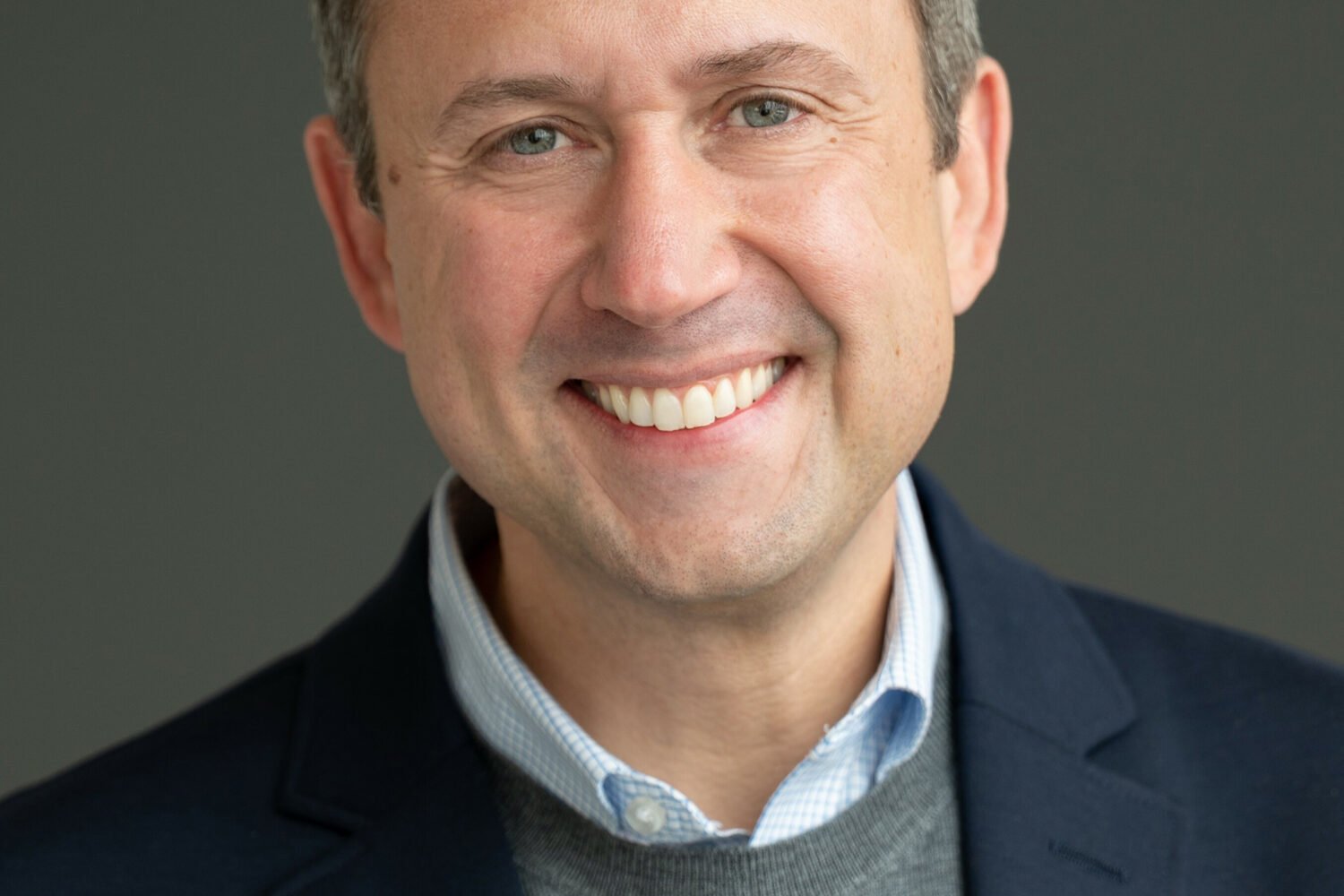Joshua Bell, a curator at the Smithsonian Institution’s National Museum of Natural History, says that many people still consider monolingualism to be the norm. He and his team hope to dispel that myth in the Mother Tongue Film Festival.
Co-directed by Bell and Amalia Córdova, a curator at the Smithsonian’s Center for Folklife and Cultural Heritage, Mother Tongue’s tenth annual festival will start on Thursday, February 20, at the National Museum of the American Indian. The 23-film lineup will feature more than 25 different Indigenous languages from across the world, including Hawai’i, Canada, Wales, and New Zealand.
Córdova hopes that audiences will find the films educational—about the past, present, and future of these global languages—as well as entertaining. “While people might think of a film festival with really long, aesthetically pleasing fiction films, we’ve strayed far away from that,” she says. “We want to value language as what’s pushing the filmmaking process along.”
The culture and history of language, Bell and Córdova say, will always be the central tenet of Mother Tongue. They argue that learning about international languages is an exercise in empathy. “Everyone has a mother tongue, and everyone comes from different places,” Bell says. “We want to provide people with the opportunity to find that common ground.”
Among the final list of films that Bell and Córdova have selected, a process during which Bell says they “had a hard time saying ‘no,'” is a Canadian documentary about buffalo consciousness, a Norwegian short with a reindeer herder as the romantic lead, and a Mozambican feature-length film that includes reenactments of the country’s civil war. Many of these showings will be punctuated with question-and-answer sessions, panel discussions, and performances.
“These performances really connect groups that want to enter into the Smithsonian with pride,” Córdova says. “It refreshes a bunch of community relationships.”
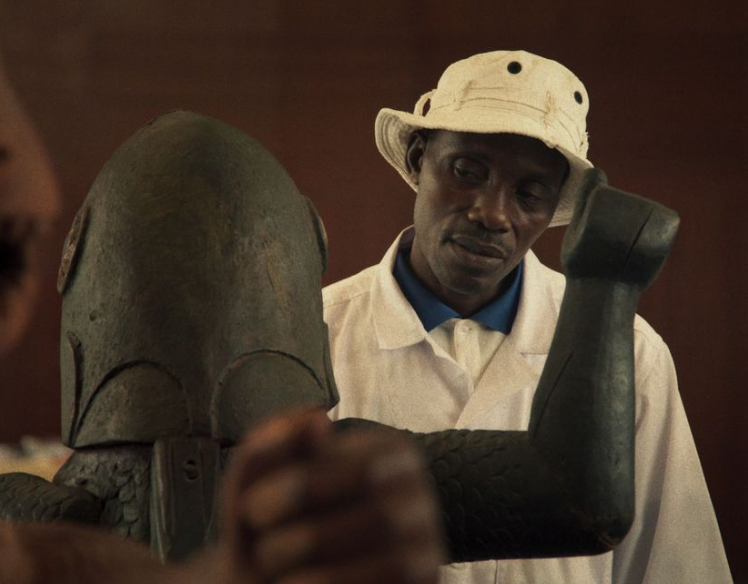
Because of the pandemic, Mother Tongue programming was completely virtual in 2021, and it didn’t go back to in-person until 2023. (Its 2020 edition was held the month before Covid shut down everyday life in DC.) This year, the festival will bring back some online elements—guests who can’t make it to in-person events through Sunday, February 23, can tune into free, virtual screenings of additional films through Saturday, March 1. “When we came back in person, we got a lot of flak that we weren’t online. It reminded us that there’s a real interest and hunger for this,” Bell says. “Hopefully, the six days of virtual will satisfy those non-DC-based audiences.”
As Bell and Córdova prepare for opening night, they look forward to celebrating the festival’s decennial—and to encouraging viewers to continue learning about Indigenous geography, culture, and artistry. The film festival is really an invitation to laugh, to cry, and to just be immersed in different worlds that these films portray,” Bell says. “It’s a remarkable opportunity.”
For more information about the Mother Tongue Film Festival and to browse the 2025 schedule, refer here.

